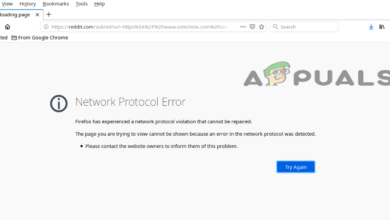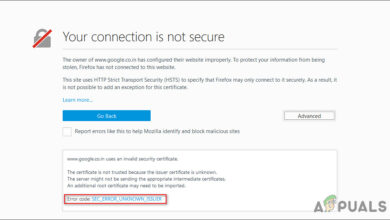How to Fix PR CONNECT RESET ERROR on Mozilla Firefox?
The PR_CONNECT_RESET_ERROR issue is encountered when the user attempts to use Mozilla Firefox to connect to a website server with the HTTPS protocol, but the request gets denied. This error indicates an interruption in the connection between your browser and the server, often due to network or security configurations.
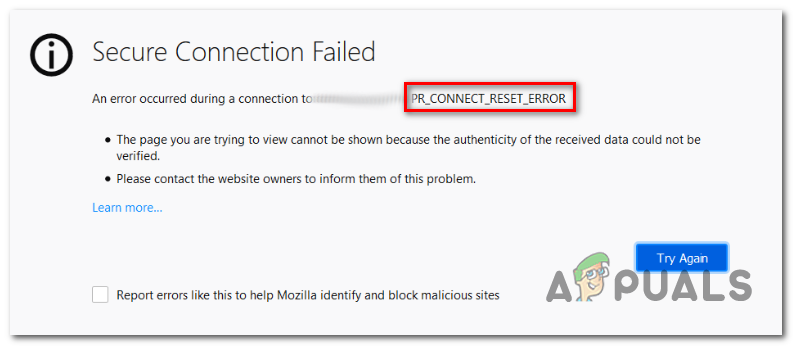
The most common cause is interference from security software, which may block secure connections by modifying certificates. Additional causes include misconfigured VPN or proxy settings, network configurations, or a corrupted browser cache.
In this article, we will discuss different ways to solve this error.
1. Disable Protocol Filtering (if applicable)
TCP protocol filtering can cause this issue by interrupting the connection between you and the server. Security software utilizing protocol filtering, such as Kaspersky, scans network traffic for threats but may mistakenly block legitimate secure connections. Temporarily disabling protocol filtering can allow Firefox to bypass this inspection layer and help restore the website connection.
- Open the main ESET antivirus program.
- Access the Advanced setup, or press F5.
- Once in the Advanced setup, click on Web and Email.
- Expand the Protocol Filtering section and click the slider next to Enable application protocol content filtering to disable it.
- Click Ok to save changes, then check if the issue is resolved by accessing the previously blocked website.
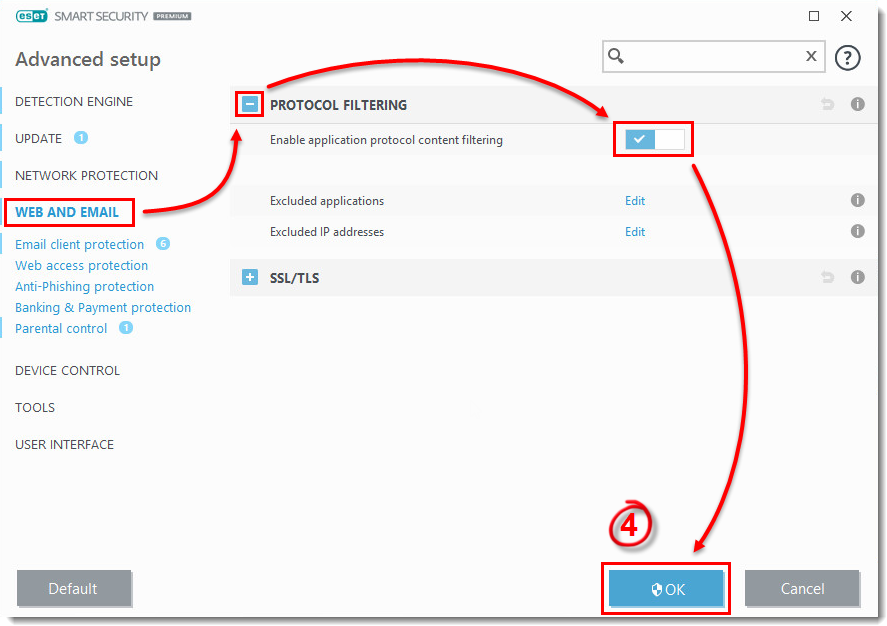
Disabling Protocol Filtering in ESET NOTE: If you use a different AV with protocol filtering, search online for steps to disable it according to your AV.
2. Clear Browser Cache
When Firefox stores cached web content, it speeds up page loading by using data from previous visits. However, if this cache becomes outdated or corrupted, it can interfere with secure connections. Clearing the cache forces the browser to retrieve fresh data from the server, potentially resolving issues caused by conflicting or stale cache files.
Note: If you know the specific file causing the problem, see how to clear the cache for a single website.
- Close all Firefox tabs except one new tab.
- Click the action button (top-right corner) and select Options.
- In Settings, go to Privacy & Security, scroll to Cookies and Data, and click Clear data.
- Uncheck Cookies and Site Data, and check Cached Web Content.
- Click Clear to remove web data.
- Restart your computer to resolve the issue.
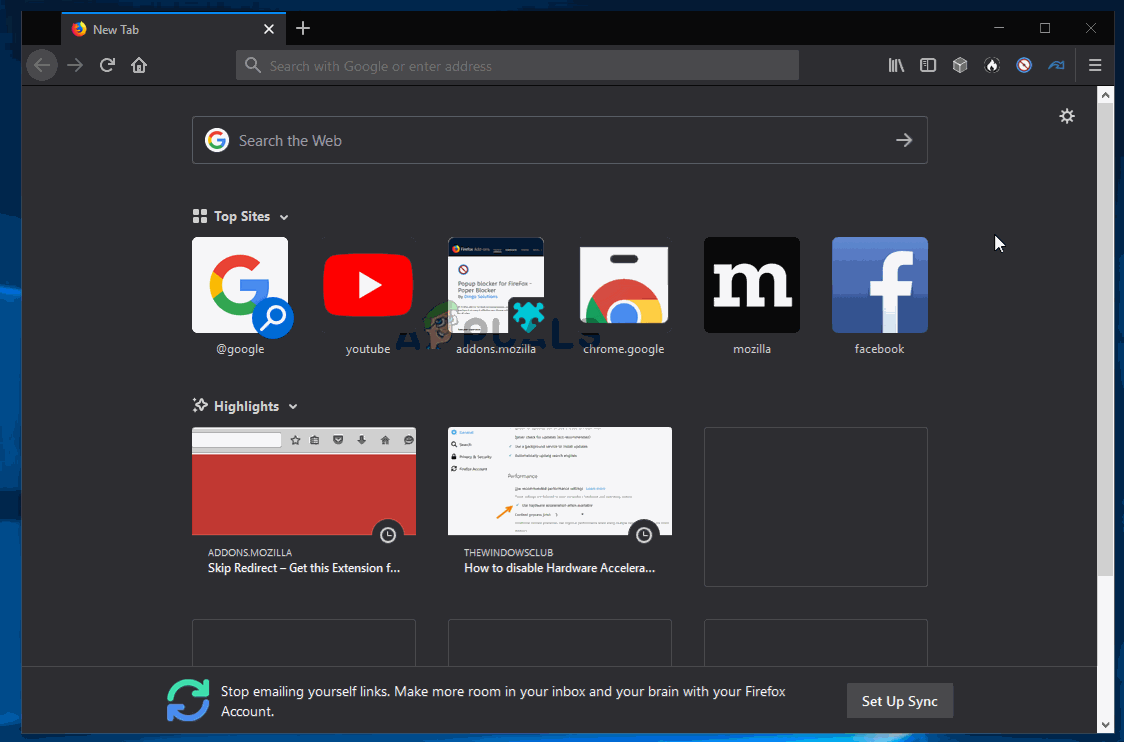
3. Uninstall Third-party Firewall (if applicable)
Uninstalling or disabling these firewalls ensures they no longer interfere with your secure web traffic. Although most firewalls are designed to protect, their configuration can sometimes conflict with Firefox’s network protocols, particularly TLS. By temporarily removing them, you can eliminate this potential cause and determine if the firewall was interrupting your connection.
- Press Windows key + R, type ‘appwiz.cpl’, and press Enter to open Programs and Features.

Type appwiz.cpl and Press Enter to Open Installed Programs List - In Programs and Features, find your third-party suite, right-click it, and select Uninstall.
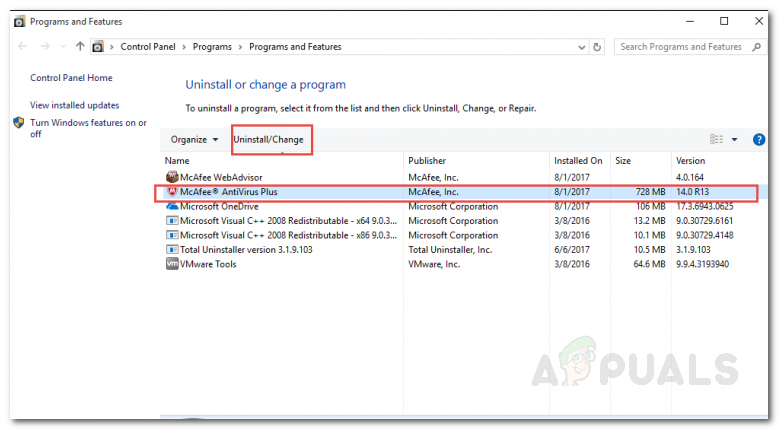
Uninstalling Firewall - Follow the on-screen instructions to complete the uninstallation.
- Afterward, follow these instructions to remove leftover files.
- Restart your computer and check if the issue is resolved.
4. Disable Proxy / VPN (if applicable)
PR_CONNECT_RESET_ERROR may happen when servers reject connections through VPNs or proxies. Disabling these services allows direct access to websites, bypassing restrictions.
4.1 Delete the VPN client
- Press Windows key + R, type ‘appwiz.cpl’, and press Enter to open Programs and Features. Click Yes if prompted by User Account Control (UAC).
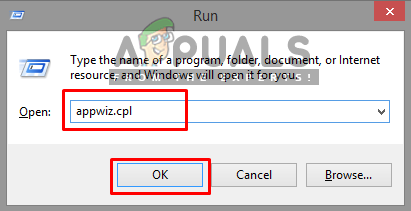
Opening programs and features - Find your VPN client, right-click it, and select Uninstall.

Uninstalling a VPN tool - Follow the uninstallation wizard, then restart your machine to check if the problem resolves.
4.2. Remove the Proxy server
- Press Windows key + R, type ‘ms-settings:network-proxy’, and press Enter to open the Proxy settings.

Run dialog: ms-settings:network-proxy - In Manual Proxy Setup, disable Use a proxy server.
- Restart your computer and retry the action that caused the PR_CONNECT_RESET_ERROR.
If the issue persists or isn’t applicable, proceed to the next solution.
5. Connect to a Different Network
Sometimes, your Internet Service Provider (ISP) blocks certain websites due to network policies. Switching to a different network, like a mobile hotspot, can help bypass this restriction. If the site loads on the new network, it confirms that the ISP is blocking the connection.
Try connecting to a different network to see if the issue persists. Creating a mobile hotspot and connecting your laptop is a convenient test.




